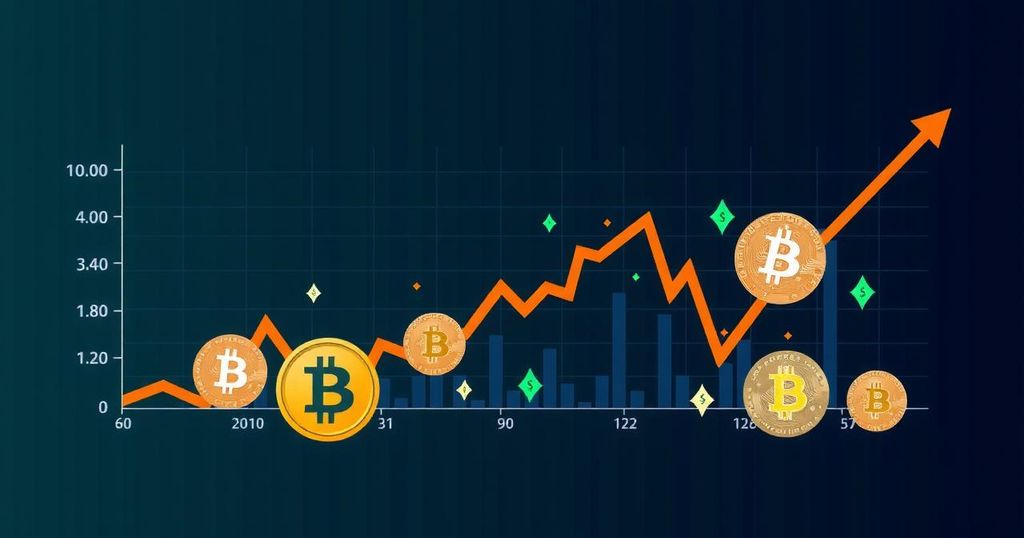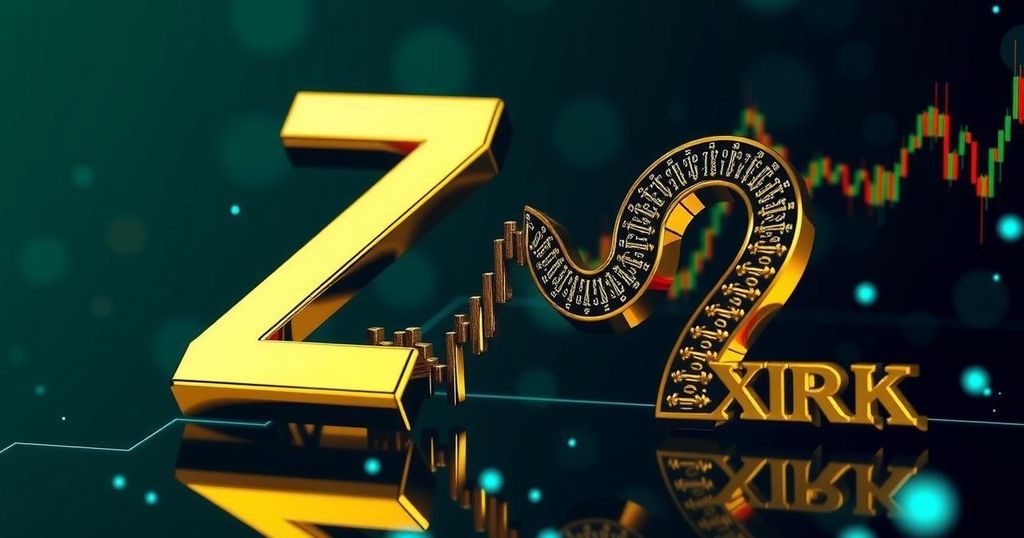Understanding the Decline of Bitcoin-Tied Stocks in August
In the month of August, numerous stocks related to the prominent cryptocurrency Bitcoin (BTC) experienced significant declines. Analyzing data from S&P Global Market Intelligence reveals considerable drops for various entities in the cryptocurrency sector. Exchange-traded funds (ETFs) affiliated with Bitcoin’s spot price, such as the iShares Bitcoin Trust ETF (IBIT), mirrored Bitcoin’s decline, which was noted at 10.4%. Additionally, companies like MicroStrategy (MSTR) and Riot Platforms (RIOT), which are heavily invested in Bitcoin, noted increases in volatility, leading to more pronounced stock price fluctuations. Specifically, MicroStrategy’s stock plummeted by 18%, while Riot’s investors faced a staggering 26% decrease.
Understanding the reasons behind Bitcoin’s decline last month is paramount. Despite expectations of a cryptocurrency boom—especially given the four-year cycle associated with Bitcoin’s rewards halving—the asset’s price fell to 21% below its all-time high of $73,750 recorded in March. This downturn is attributed to a confluence of economic uncertainties and misinterpretations of the halving cycle.
Bitcoin is largely perceived as a high-risk asset, making it particularly sensitive to changes in the economic landscape. Typically, increased trading activity and price growth manifest when interest rates on new debt are low; conversely, rising interest rates negatively impact Bitcoin’s price. The Federal Reserve’s indecision regarding potential interest rate cuts in response to fluctuating economic indicators contributed to Bitcoin’s struggles throughout August.
Furthermore, the anticipated effects of the rewards halving are often delayed, as evidenced by historical performance. For instance, in the aftermath of the 2016 halving, Bitcoin’s price initially decreased by 5%, only to surge by 40% three months later and achieve a remarkable 262% increase within a year. The situation following the 2020 halving was more favorable in the short term, displaying a 31% rise three months post-event. However, various external factors significantly influenced market momentum during that period, complicating direct comparisons.
Investors such as Michael Saylor, chairman of MicroStrategy, assert that Bitcoin may see significant price increases by year-end, which aligns with traditional chart patterns, albeit following a slow commencement. This raises discussions about the inherent risks associated with investments in Bitcoin-related stocks and the potential for greater returns, particularly for firms like MicroStrategy and Riot Platforms.
MicroStrategy, a business software developer, substantially engages with Bitcoin, holding approximately 226,331 bitcoins valued at $13.4 billion, as reported on August 1. Despite generating marginal revenue from its core business, Bitcoin’s price fluctuations significantly overshadow these figures. Conversely, Riot Platforms, deeply entrenched in Bitcoin mining, reported a direct cost of $25,327 per mined coin during the second quarter of 2024, marking a substantial increase from the prior year.
The heightened volatility that accompanies indirect investments in Bitcoin, such as those exemplified by Riot Platforms and MicroStrategy, adds considerable risk to an already speculative asset class. While these investments may yield substantial rewards, they are not without significant risk and may not be suitable for every investor.
In conclusion, potential investors are advised to thoroughly assess their risk tolerance before committing capital to any cryptocurrency-related endeavors, particularly those enterprises that amplify risks associated with Bitcoin. It is prudent to approach these investments with caution, especially during periods of market volatility, as witnessed in August.








Post Comment